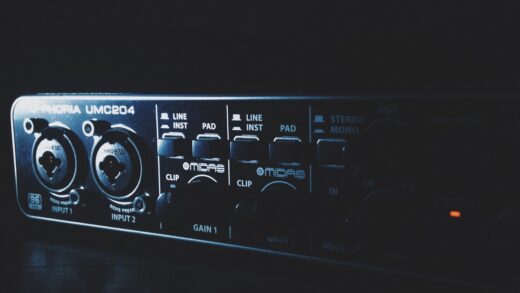Physical theatre is an art form where the body becomes not just a medium, but the main tool for conveying emotions, thoughts, and ideas. This genre of theatre emphasizes the physical expressiveness of actors, minimizing or excluding the use of words. Its strength lies in the ability of the audience to perceive feelings and ideas through movements, gestures, and facial expressions, without the need for lengthy dialogues and complex speeches.
History of Physical Theatre
Physical theatre began to develop in the early 20th century when many theatrical movements started to move away from traditional storytelling through dialogue. Inspired by dance, pantomime, ballet, and even circus arts, theatre directors and actors sought new ways to interact with the audience.
One of the pioneers in this field was the French director Jean-Louis
Barrault, who, in the early 1920s, introduced his concept of theatre where actors were no longer limited to text but used their physical potential to express the inner state of characters. Barrault began a movement that was later developed into various theatrical forms, such as gesture theatre and dance theatre.
Over the decades, physical theatre became increasingly popular. In the 1970s, the great theatre of Grégoire La Canne and the “Pina Bausch” company, based on contemporary dance theatre, began developing the theoretical and practical foundations of this form. La Canne and Bausch were the first to demonstrate how the body could convey not only the physical state of a character but also the psychological depths of their inner world.
The Body as an Expression of Emotions and Thoughts
The key feature of physical theatre is that in it, the actor does not just “play” a role, but becomes an inseparable part of the story. In this theatre, the actor’s body is not merely a tool for performing roles, but an active participant in the narrative. It creates visual images without using words. Posture, gestures, and movements become crucial expressive tools.
Theatre that uses physical interaction with the space and the audience helps deepen the understanding of human nature. This can be dramatic tension in the climax of the play or the release of emotional tension through comic bodily movements. Unlike traditional theatre, where the emphasis is on dialogues and speeches, in physical theatre, the emotions and inner experiences of the characters are conveyed through their body, gestures, facial expressions, and movements.
One of the striking examples of body usage in theatre is pantomime. Pantomime artists completely eliminate speech, replacing it with gestures, which in turn allows actors and viewers to delve deeper into the art of non-verbal communication. The fluidity and brightness of such performances often allow the essence of the story to be better conveyed without relying on logical verbal chains.
Influence and Contemporary Trends
Today, physical theatre continues to develop and adapt to modern cultural and technological conditions. The combination of dance, acrobatics, pantomime, and new media opens up endless possibilities for theatrical experiments. Many theatre companies and schools offer courses in physical theatre, where actors are taught not only theatrical skills but also to develop physical self-awareness, which is necessary for such expressive and complex performances.
Contemporary performances increasingly use modern technologies, such as projections and visual effects, which open new horizons for the body and its movements in theatrical art. The application of light, shadow, sound, and even virtual reality in physical theatre allows for the creation of additional layers of perception. In this time and space, the actor’s body can be both an object and a reflection, an active element or a passive background.
Recently, there have been trends where physical theatre intersects with circus performances, and elements of acrobatics become an integral part of the productions. Tricks, aerial acrobats, and extravagant movements are becoming the norm on theatre stages. This not only expands the spectrum of possible expressions for actors but also serves as a challenge for the audience, stimulating their perception of what is happening on stage.
The Advantages of Physical Theatre
Physical theatre has several important advantages. First, it creates a unique opportunity for the actor to understand and master their body in greater depth. The person performing on stage feels both their physical strength, grace, and vulnerability simultaneously. This creates a special bond between the actor and the audience, where expressions and actions occur through sensations, not words.
Secondly, such performances can be much more universal and understandable to different cultures. The language of the body is an international language that everyone understands, regardless of the language spoken by the audience. Therefore, physical theatre allows for breaking down language barriers and making art accessible to a broader audience.
Conclusion
Physical theatre is an art form where every movement and gesture has meaning. It continues to evolve and become more multifaceted, bringing new technological and cultural accents. The actor’s body in this theatre is not just a tool but the main conductor of emotions and ideas. And despite technological advancements, the importance of physical expression remains a central element of theatrical practice, where true art happens in the brightest and most sincere moments of movement.






